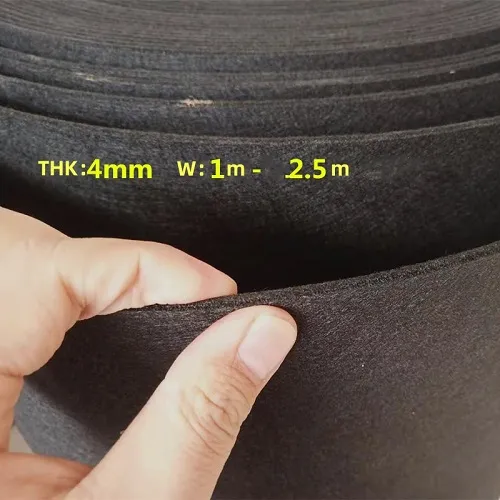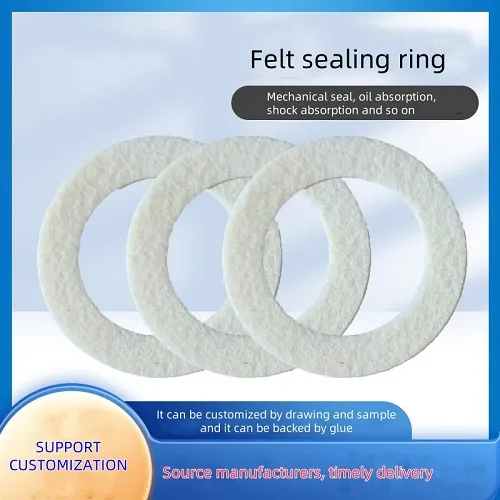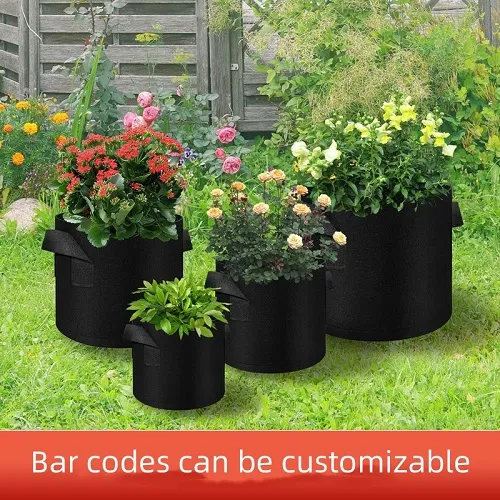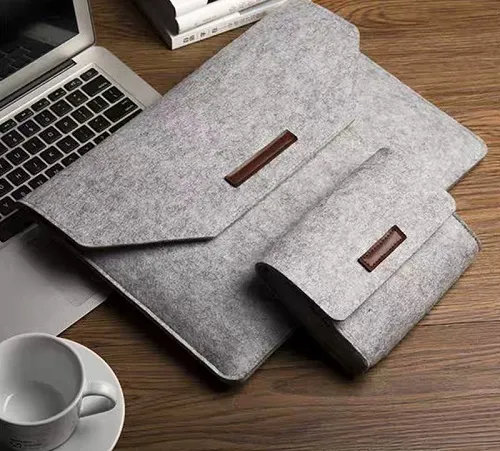Exploring Various Types of Felt and Their Unique Applications in Crafting and Design
The Various Types of Felt Understanding the Craft
Felt, a versatile material known for its warmth and texture, has been used for centuries in a variety of applications ranging from clothing to decorations. The process of felting involves matting, condensing, and pressing fibers together, usually made from wool, but it can also include other materials. This article explores the different types of felt, their properties, and common uses, showcasing the richness of this traditional craft.
Wool Felt
The most traditional form of felt is made from sheep’s wool. Wool felt is favored for its durability, warmth, and ability to maintain shape over time. It is created through a wet felting process, where moisture, heat, and agitation cause the wool fibers to interlock tightly. This type of felt is soft, pliable, and has a luxurious feel, making it ideal for high-quality crafts such as clothing, bags, and home decor. Wool felt is available in a variety of weights and colors, making it versatile for both practical and artistic uses.
Synthetic Felt
With advancements in technology, synthetic felt has become increasingly popular. Made from materials such as polyester, acrylic, or a blend, synthetic felt is usually more affordable than wool felt and offers a variety of properties. While it may not provide the same warmth as wool, synthetic felt is highly durable, resistant to water, and easy to clean. This makes it a great option for crafts, toys, and even industrial applications. Additionally, synthetic felts often come in vibrant colors and patterns, appealing to those looking for bold design options.
Blended Felt
types of felt
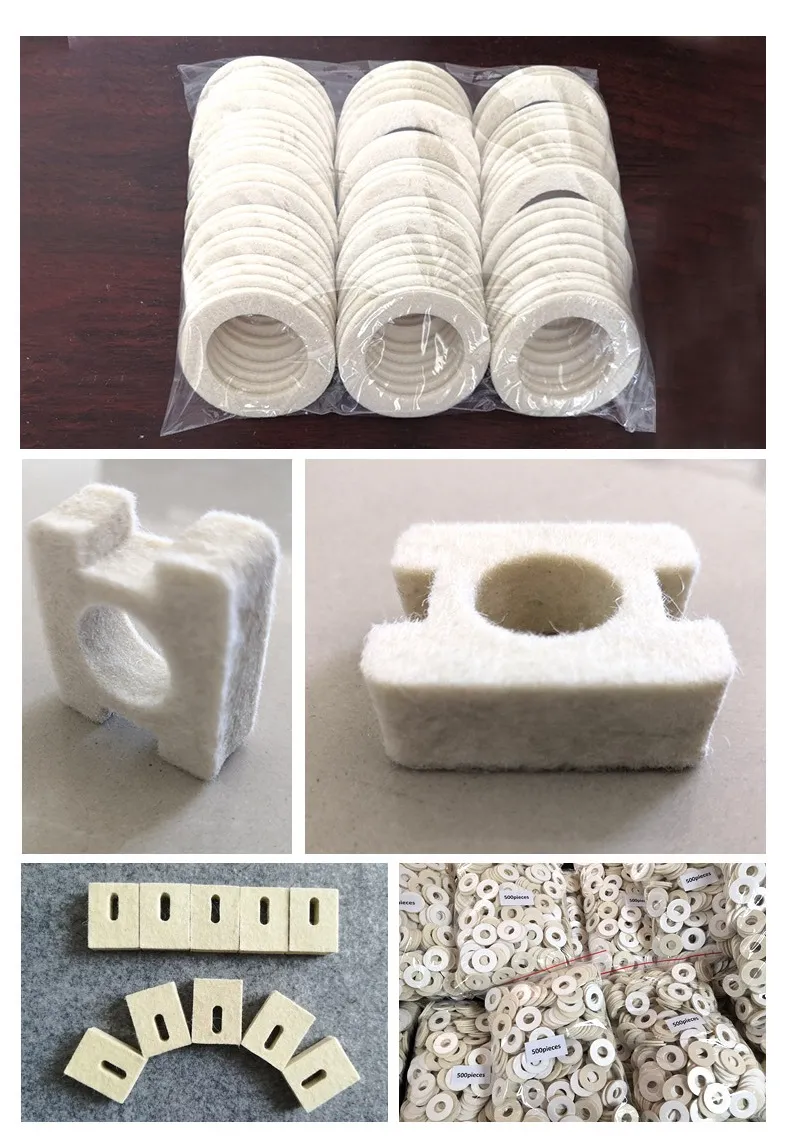
Blended felt combines natural and synthetic fibers to take advantage of the benefits of both worlds. Typically, this type of felt has a wool base, combined with synthetic fibers to enhance durability or colorfastness. Blended felt is often used in commercial applications such as packaging and insulation, where specific characteristics like moisture resistance or structural integrity are required. It also makes for great crafting material, as it provides a range of textures and weights.
Needle Felt
Needle felt is a unique technique that uses a barbed needle to mat loose fibers together, without the use of moisture. This method allows for more detailed creations, such as figurines and intricate designs. Needle felt can be done with a variety of fibers, including wool, alpaca, and even synthetic materials. The process is particularly popular among artisans and crafters who enjoy creating three-dimensional objects. Because of its precision, needle felt is excellent for adding intricate details and textures to crafts.
Eco-Friendly Felt
As sustainability becomes a growing concern, eco-friendly felt made from recycled materials is gaining popularity. This type of felt can be produced from post-consumer plastics or recycled wool, offering an environmentally conscious option for crafters. Eco-friendly felt maintains the quality and usability of traditional felt while minimizing waste and supporting sustainability efforts. It is suitable for those who want to engage in crafting while being mindful of their environmental impact.
Conclusion
Felt comes in various forms, each with its unique attributes and applications. From soft, warm wool felt to durable synthetic options, the versatility of this material opens up endless possibilities for creators. Whether you’re a seasoned crafter or just starting out, understanding the different types of felt can enhance your projects and inspire creativity. As the craft continues to evolve, felt remains a cherished material that can transform ideas into tangible expressions of art and functionality.
-
What Makes Felt a Great Choice?NewsNov.19,2024
-
Total Mixed Ration (TMR) Feed for CattleNewsNov.19,2024
-
The Ultimate Guide for Felt Polishing WheelsNewsNov.19,2024
-
Industrial Felt for Various ApplicationsNewsNov.19,2024
-
Felt Makeup Bags and Inserts BagsNewsNov.19,2024
-
Choosing the Right Hotel TowelsNewsNov.19,2024
-
Your Go-To Guide For Affordable Wholesale Wool FeltsNewsOct.31,2024



